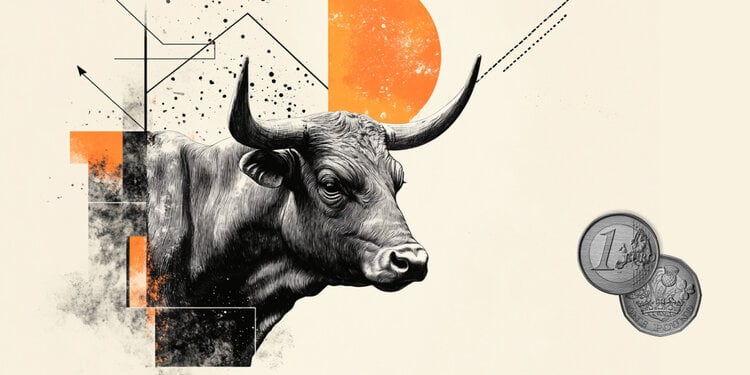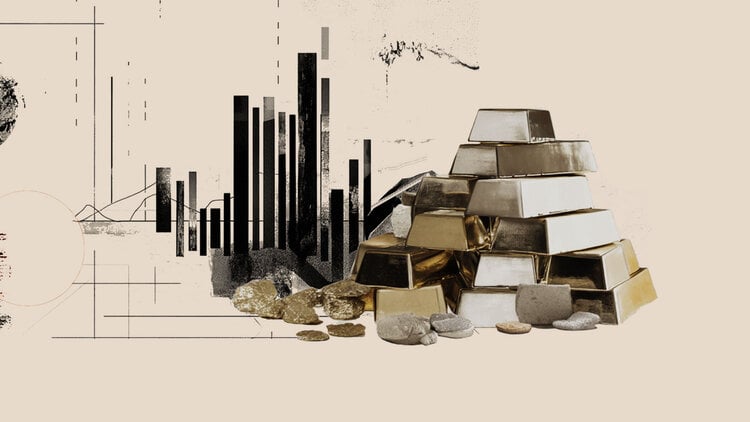In the last year, the asteroid 2024 pt5 It remained in orbit around the earth for a few weeks, almost like a natural satellite. No wonder it received the nickname “Second Moon” or “Minilua”. A group of researchers published a study that analyzes its trajectory and identifies some of the characteristics of the heavenly body.
The heavenly body remained near Earth for just a few weeks and left the planet’s orbit on November 25. According to the new study, this rocky object may have originated from the moon’s own material for billions of years after a collision that formed some of its craters. The data were collected by the Teide Observatory in Spain.
One Published Study By the scientific journal Astronomy & Astrophysics revealed that the chemical composition of this “second moon” presents similarities with lunar material collected during the US space agency Apollo missions (NASA ).
“There are several lines of evidence suggesting that this asteroid can have a lunar origin,” says the main author of the article and professor at Universidad Complutense de Madrid, Carlos de La Fuente Marcos, in a message to the site to Space.
Characteristics of the “Second Moon”
Before approaching the earth, The object was in the Arjuna asteroid belt about 150 million kilometers from the sun. Most asteroids in this region follow a similar trajectory terrestrial orbit .
Marcos explains that some of these celestial bodies can approach up to 4.5 million kilometers from Earth. Even to be classified as a “second moon”, an asteroid needs to meet this criterion and have a speed of 3,540 kilometers per hour.

A “minilua” can follow two types of trajectory: one farther, where the asteroid orbits the planet for years, or a brief passage that lasts only days or weeks. Asteroid 2024 PT5 meets all criteria to be classified as a “second moon” And it fits in this second case, as it remained in the earth’s orbit for a few weeks.
After leaving our orbit, the object returned to the Arjuna asteroid belt, “expelled” by gravitational disorders of the Sun. According to Carlos de La Fuente, the data collected by the Teide Observatory will be able to assist more detailed studies on the asteroid in future passages on Earth.
As scientists believe that 2024 PT5 was born from a collision of a rocky object on the moon billion years ago, they also claim that Perhaps there are other similar objects in the Arjuna belt.
“The asteroid 2024 PT5 goes through recurring coorbital involvement and temporarily captured ‘minilua’ events. Its visible spectrum is compatible with that of an SV -type asteroid or possibly ejected material from the moon,” the study describes.
Goal announces update for Instagram filters; See what changes
This content was originally published in “Second Moon”: Understand the characteristics of the asteroid that orbited the Earth on the CNN Brazil website.
Source: CNN Brasil
Charles Grill is a tech-savvy writer with over 3 years of experience in the field. He writes on a variety of technology-related topics and has a strong focus on the latest advancements in the industry. He is connected with several online news websites and is currently contributing to a technology-focused platform.







